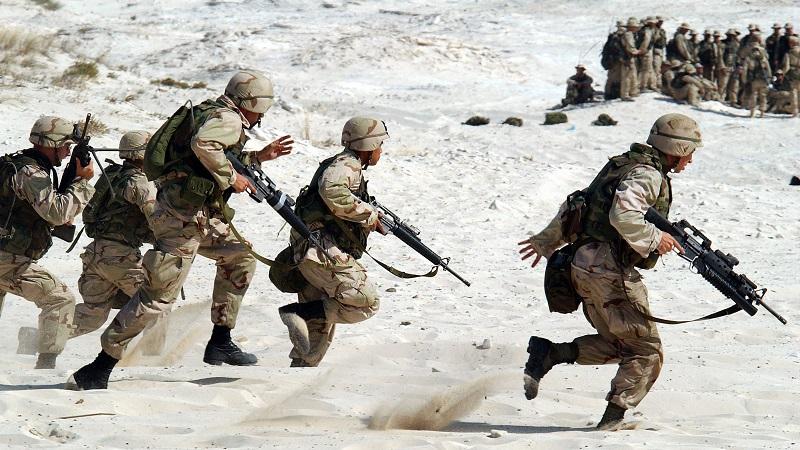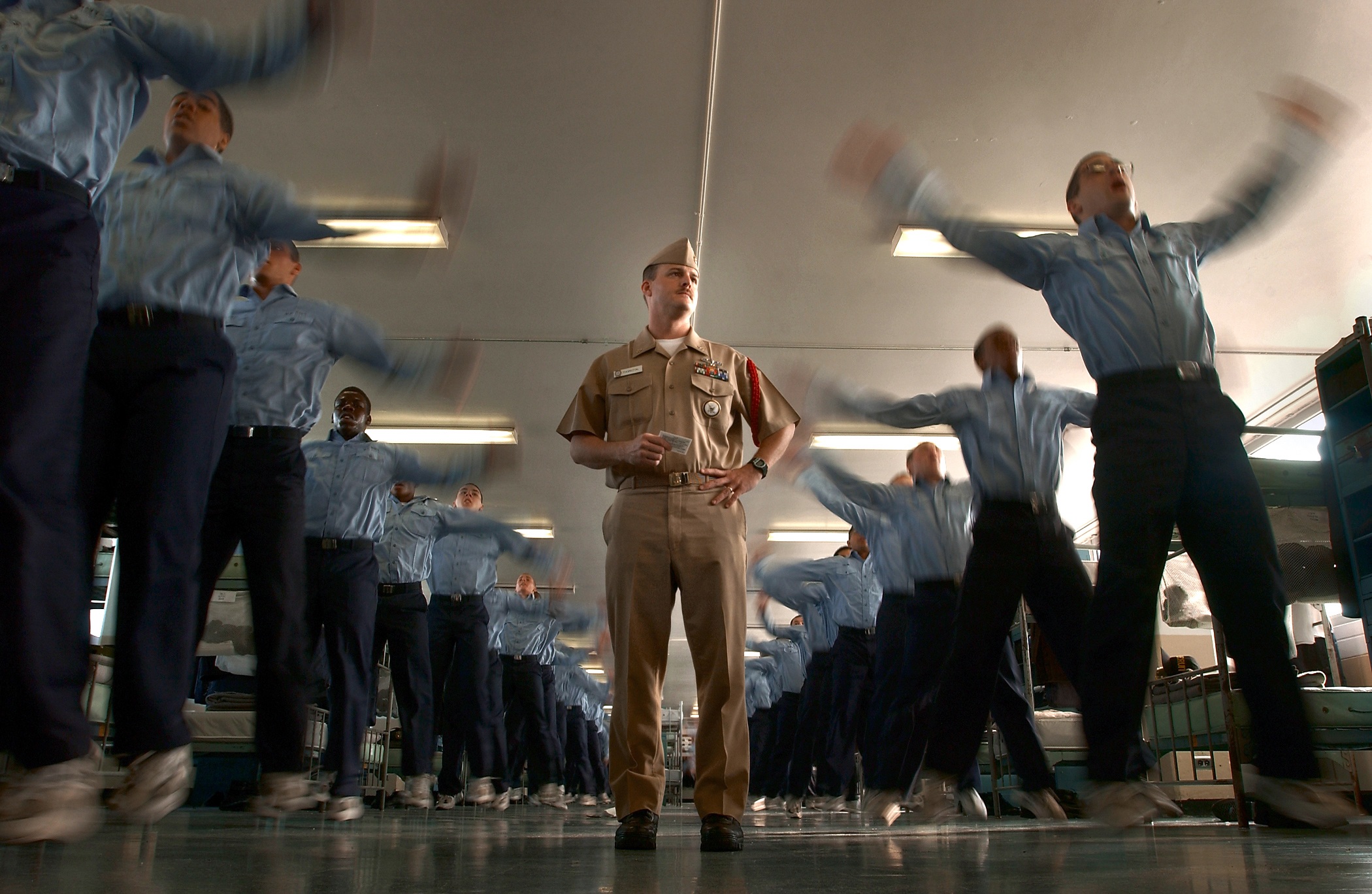Military research unit announces £2.8m competition for ‘disruptive ideas and concepts’
The Army has announced a £2.8m funding programme and is seeking proposals for technology that could enable a “realistic and credible representation of the real world” while training personnel for on-the-ground combat.
A competition has been opened for submissions of “disruptive ideas and concepts” as to how training programmes could recreate what is known in Army parlance as “the human terrain”. This encompasses: “audiences; actors; adversaries; and enemies” – also known as A3E – in both land and cyber warfare settings.
The competition, which is being run on behalf of the Army by government’s Defence and Security Accelerator, is seeking suggestions for projects of up a year in length and with required funding of between £100,000 and £300,000 – although higher-value programmes of work may be considered.
Funding will be awarded across five defined challenges, the first of which “seeks innovations that represent the human terrain, such as threat representations that are consistent”. This challenge covers training provided across “live, constructive and virtual environments”.
The second challenge seeks innovative proposals for recreating “a credible suite of players… from hostile civilians to organised insurgents and traditional state actors”. The third is dedicated to representing “threat systems” – both above and below the threshold for conflict, and incorporating “physical, digital, political and social environments”.
The penultimate challenge is open for proposals for how the increasing use of autonomous weapons and other systems can best be represented in training. A parliamentary committee this week announced it was undertaking an inquiry into the risks and opportunities of artificial intelligence-powered weapons, which it said are likely to “define the future of warfare”.
The final challenge “seeks innovations to help represent a realistic and contested cyber and electromagnetic environment”.
Submissions are now open and potential funding applicants can also find out more at a webinar to be hosted by Dasa on 17 March. This will be followed on 21 and 23 March with briefings for individual suppliers.
Organisations taking part in the competition are also encouraged to collaborate with one another; those interested in doing so are asked to submit their details, which will then be shared among possible collaborators.
“People are at the heart of conflict; it is their decisions, actions and behaviours that determine how conflict is shaped,” said the competition guidelines. “People are the context in which decision makers must set and adjust objectives, and in which Land forces must conduct operations. It is through people that the consequences of military action are judged. The British Army and its allies must operate in an increasingly complex world, in which the attitudes of the people they encounter may be friendly or hostile as a result of their interactions with these forces. These attitudes will result in actions that may have military consequences.
“The complexity of this environment is articulated in the Integrated Operating Concept, which describes those actions designed to protect, engage and constrain as being ‘operations below the threshold of war’. Warfighting is an escalation from operating below the threshold of war, and not considered the first-choice tool. To prevail in this environment the British Army needs to train against a credible human terrain: a free-thinking A3E capability that delivers cues, stressors and frictions across the human, physical, environmental and information domains. This training must be seamlessly blended across live, virtual and constructive options, and be realistic, dynamic and adaptable to the developing exercise.”




